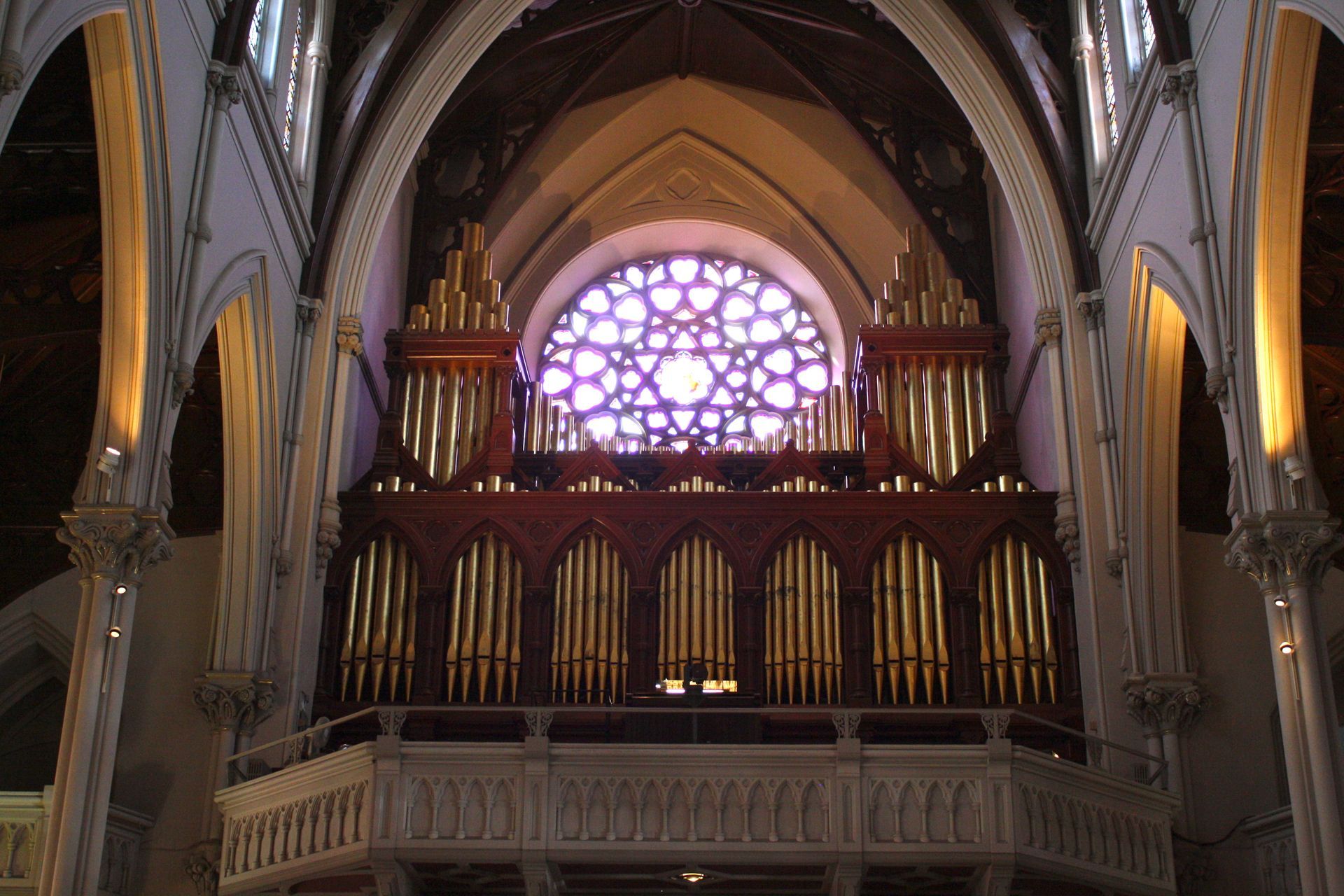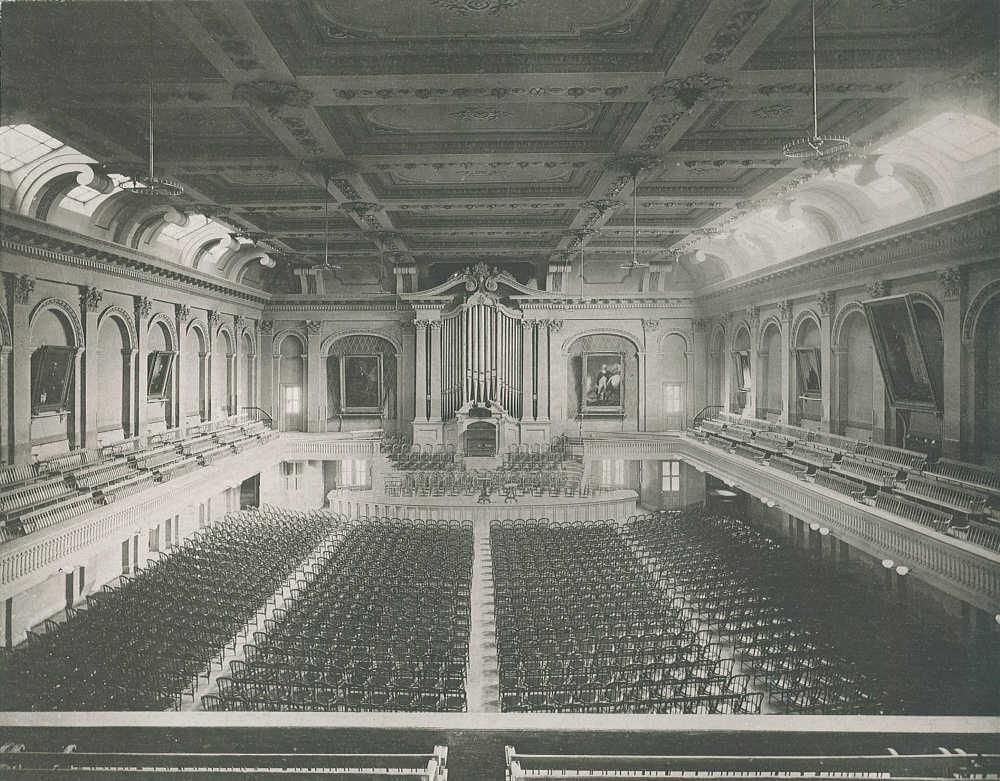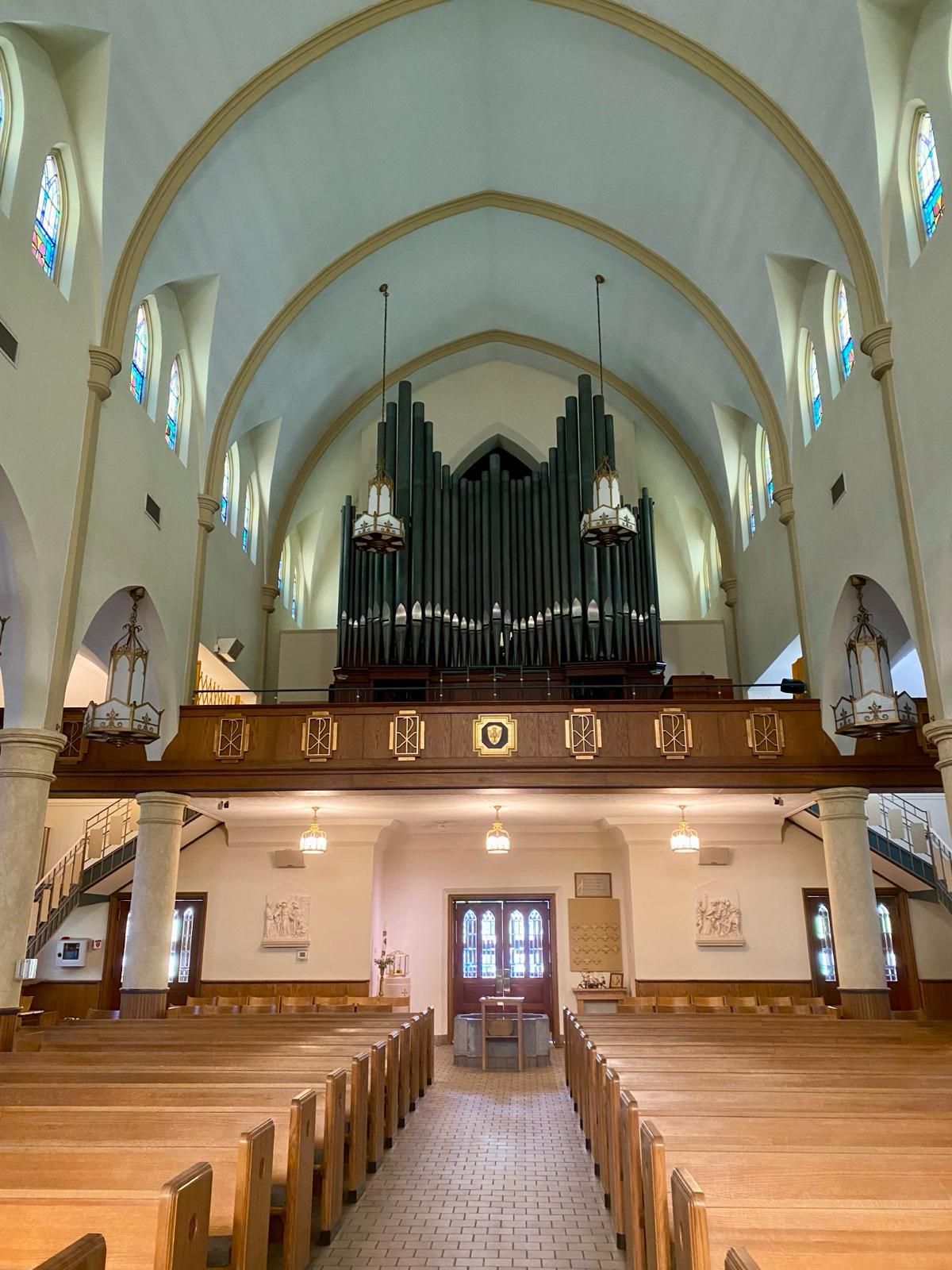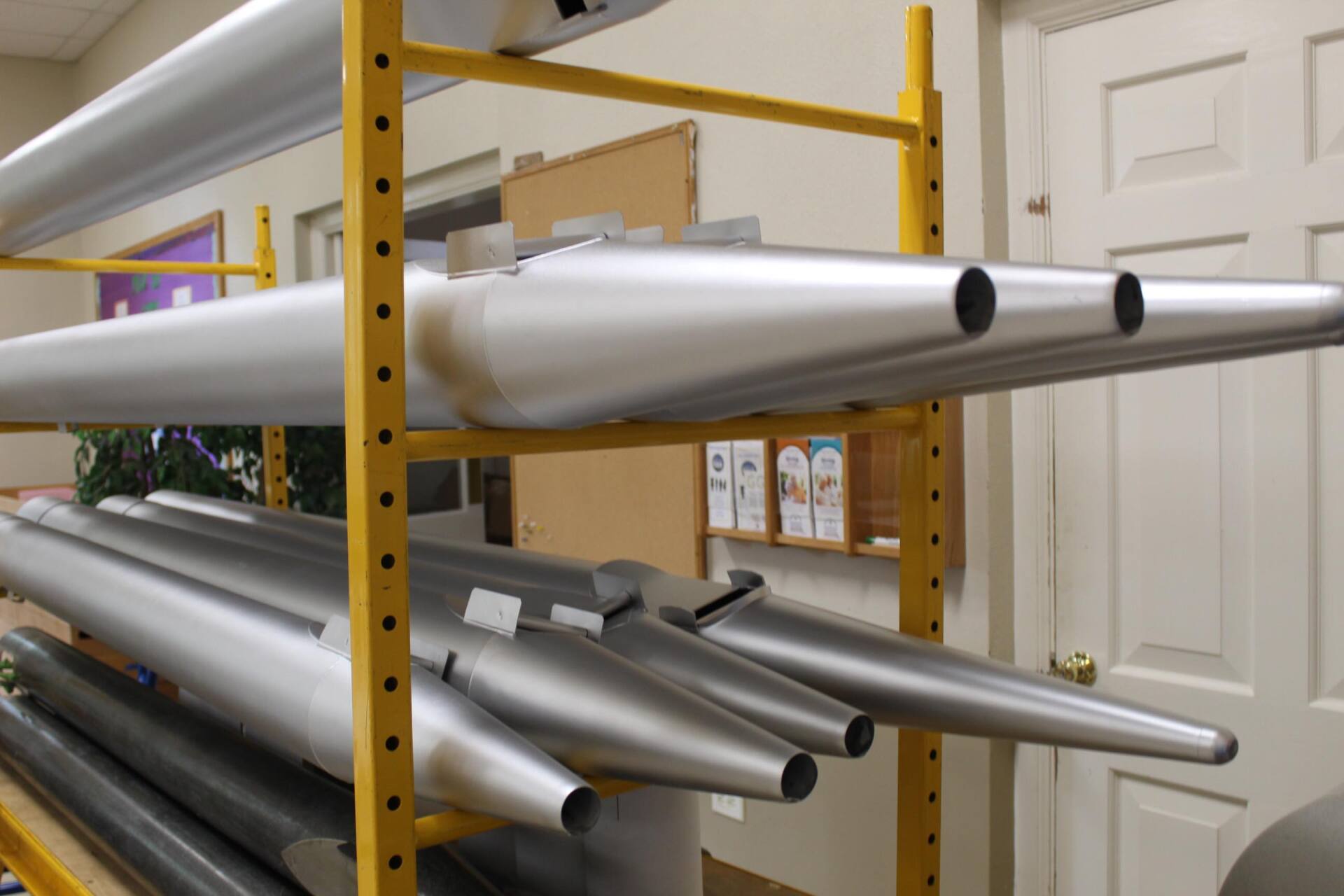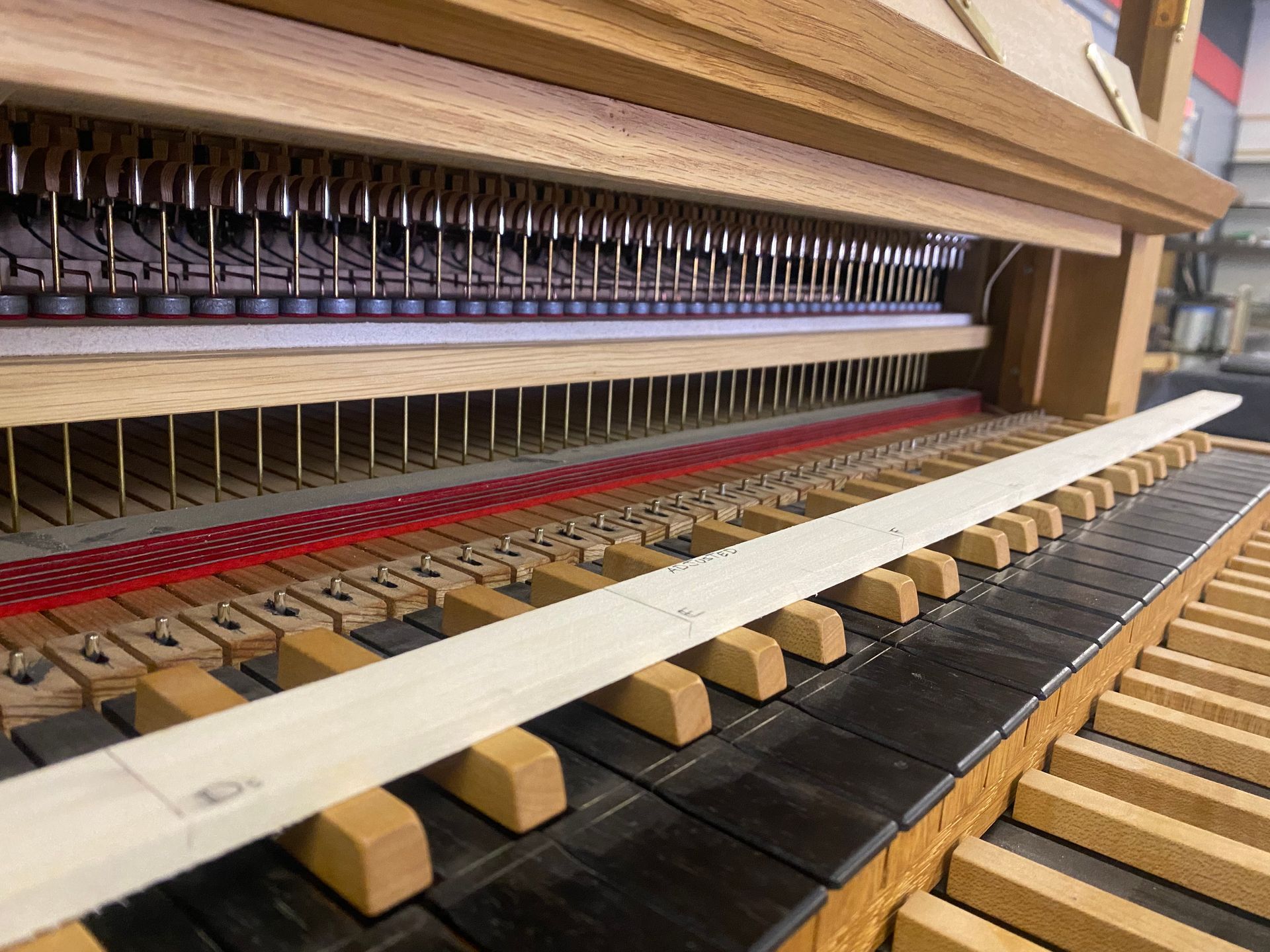Famous organbuilders in history: The Hook & Hastings Company.
The history of organ building is full of remarkable tales of craftsmanship and innovation, human ingenuity and artistic expression, with each instrument representing a harmonious blend of craftsmanship and musicality. Few names stand as prominently in American organbuilding at the turn of the 20th century as that of The Hook & Hastings Company.
The firm’s origins trace back to 1827, when the enterprising Hook brothers – Elias and George Greenleaf – established a modest organ building operation in Massachusetts which would soon come to be known as E. & G.G. Hook, Organbuilders. Their craftsmanship and inventive designs quickly cultivated a distinguished reputation and following. A young woodworker and draftsman called Francis Hastings joined the company as an apprentice in 1855 and quickly began to prove his value. Over the next two decades, the company would become synonymous with excellence in the field of organ construction. In 1866, Hastings became a full partner and the company name was changed to E. and G.G. Hook & Hastings. At its manufacturing apex in the 1870s, the company employed approximately 200 skilled craftspeople, producing 50 organs annually for clientele spanning North America and Europe.
At the heart of the Hook & Hastings ethos lay an unwavering commitment to quality and innovation. Each organ produced by the company was carefully crafted, paying enormous attention to detail, and with an emphasis on superior materials and construction techniques. Unaltered Hook & Hastings instruments still extant today reflect their strong commitment to structural and musical integrity through careful material selection and craftsmanship. The result of this dedication to excellence was a procession of instruments renowned for their rich tonal vocabulary, bridging the gap between 18th century English antecedents, which in time was expanded to encompass the full range of 19th century eclecticism in American organbuilding, and eventually conservatively gestured toward the symphonic style of the early 20th century.
Over the years, the company's reputation continued to grow, with its instruments finding homes in churches, concert halls, and auditoriums across the United States and beyond. Each organ bore the unmistakable stamp of Hook & Hastings craftsmanship, serving as a testament to their passion and dedication to the art of organ building. The enormous demand for their instruments was met by a clever incorporation of the foremost technology available at the time, resulting in a unique wedding of efficient operation and mass production that was nevertheless subservient to the creation of artistic and mechanically reliable musical instruments.
Like all of the 19th century American organbuilders, the era of Hook & Hastings eventually came to an end. Changing tastes and economic pressures led to the cessation of operations in 1935. However, the legacy of the company lived on in the organs it left behind, in total more than 2,600 instruments. Sadly, most of these would not survive the vicissitudes of stylistic change which continued throughout the 20th century, and today, perhaps only as many as two hundred remain.
Still fewer remain unaltered, but today, the surviving organs crafted by Hook & Hastings are revered as historical artifacts, treasured for their significance and beauty. Many have undergone painstaking restoration, preserving not only their physical integrity but also the spirit of craftsmanship and artistry imbued within them.
While the Hook & Hastings Company itself may be confined to the annals of history, its breath-taking instruments stand as towering monuments to the enduring power of human creativity, skill, and passion. In an era where automation, mass production, and value engineering too often supersede the creation of worthwhile art, Hook & Hastings pipe organs serve as a poignant reminder of a time when an enterprising spirit and an embracing of rapidly emerging technology happily flourished alongside superior craftsmanship and musical artistry.

